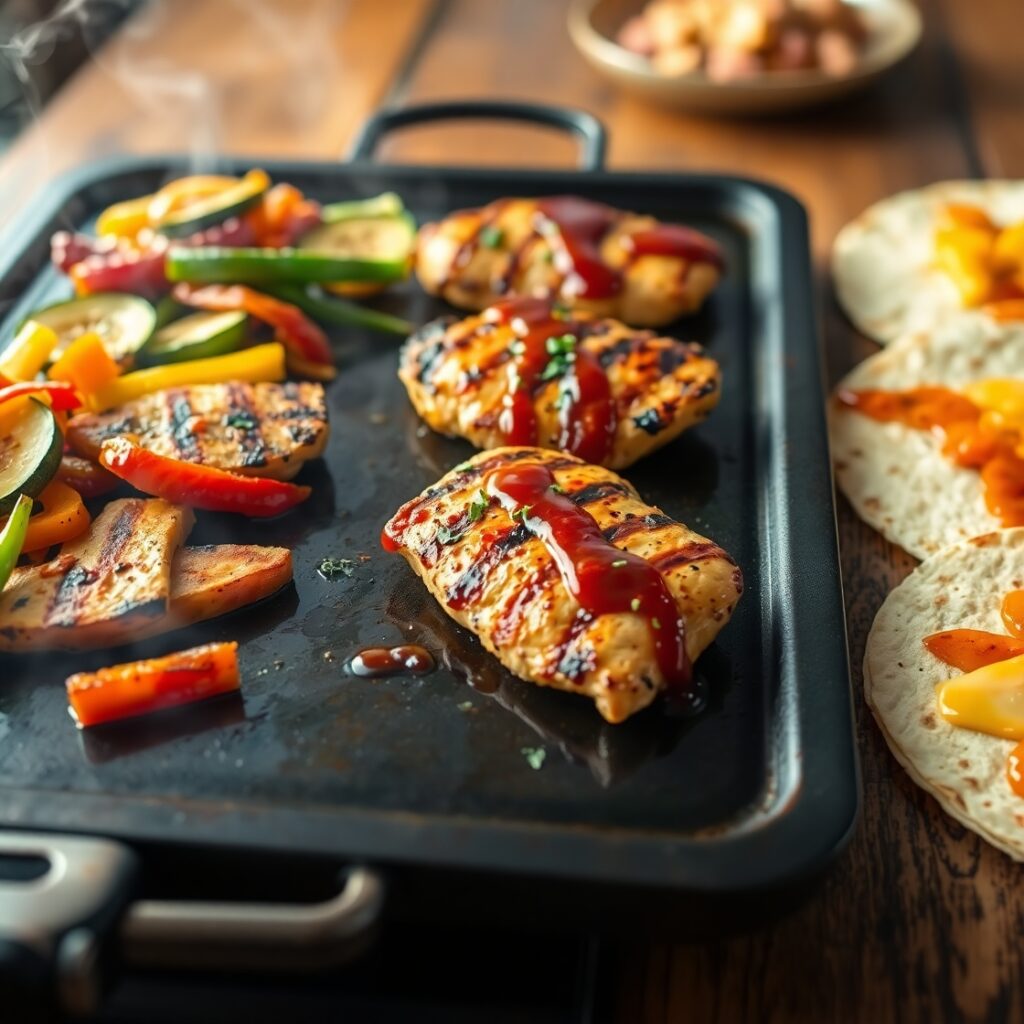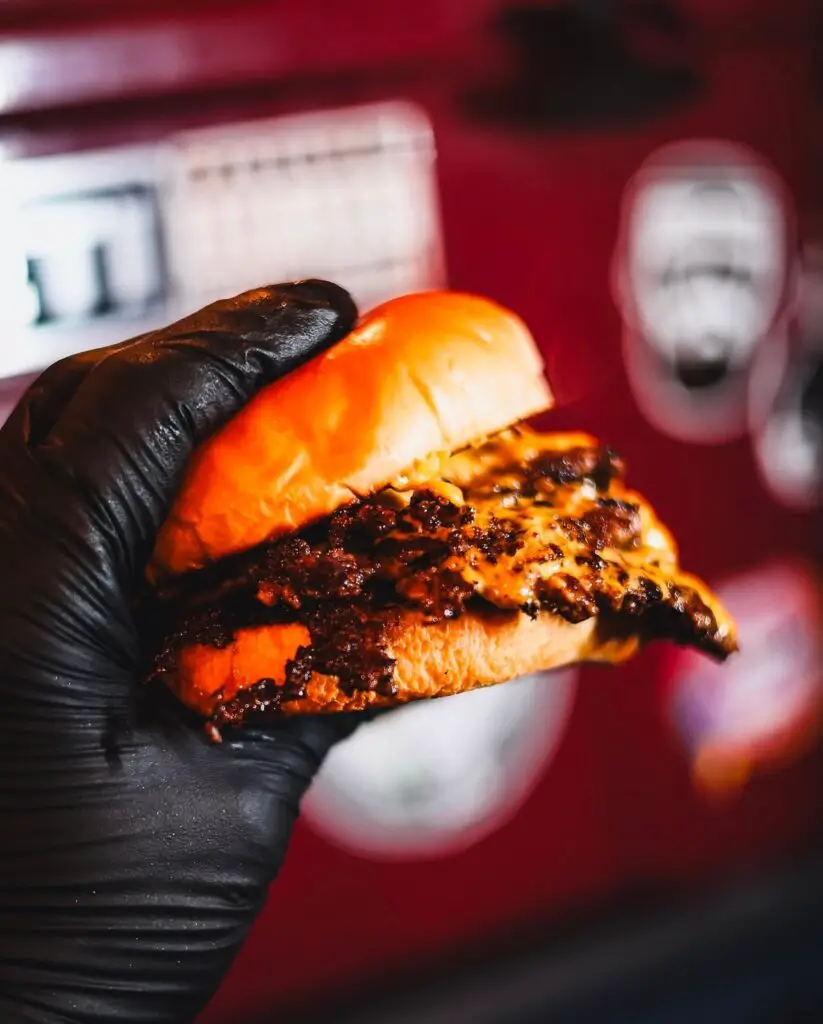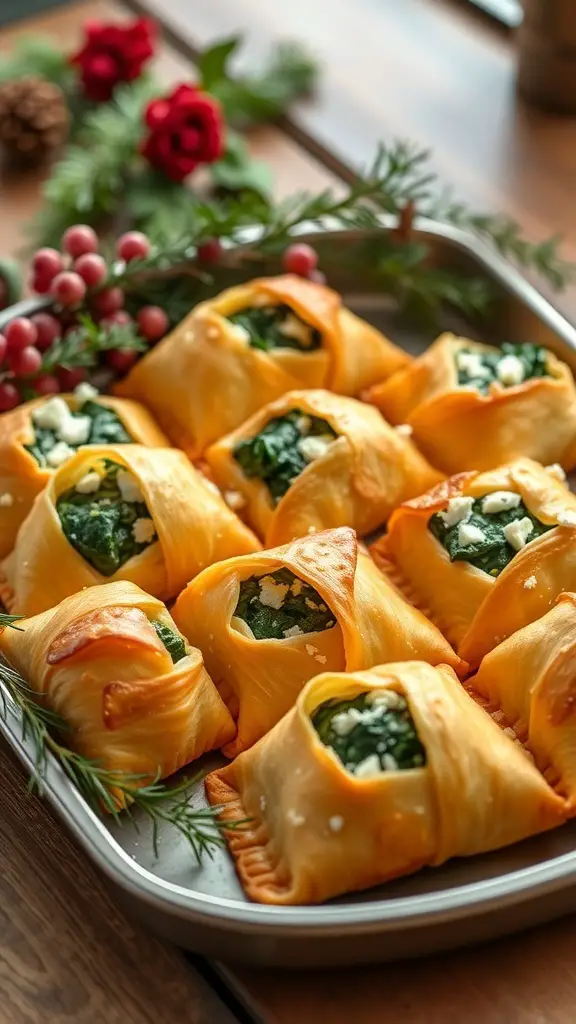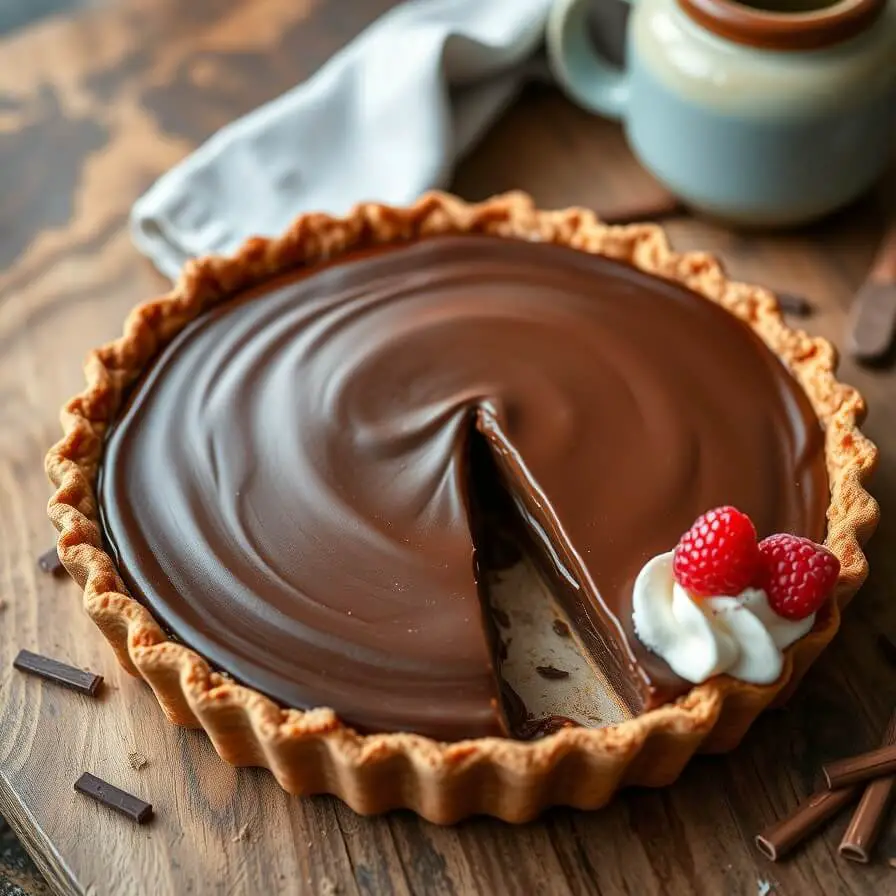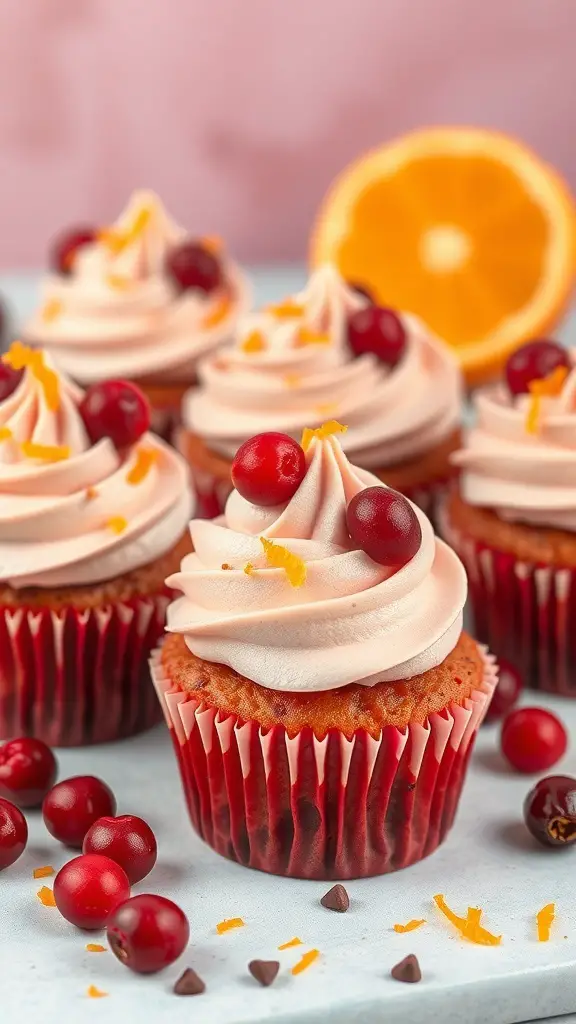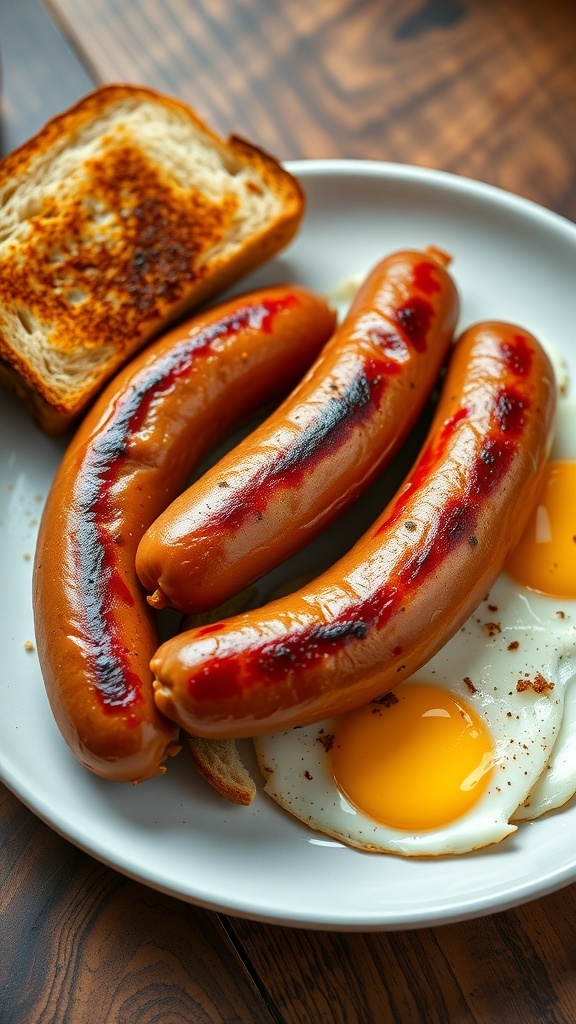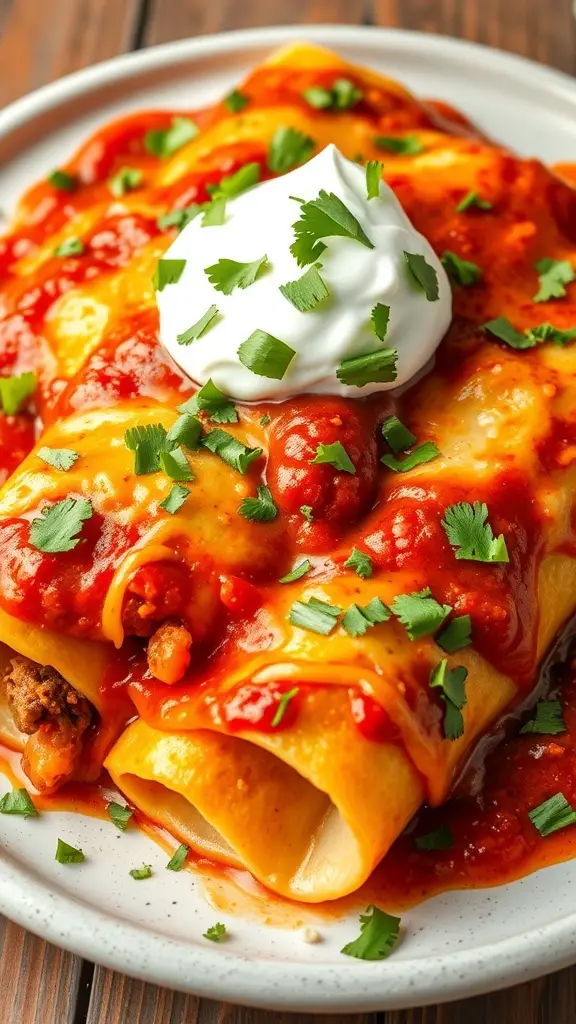Griddle Dinner Ideas
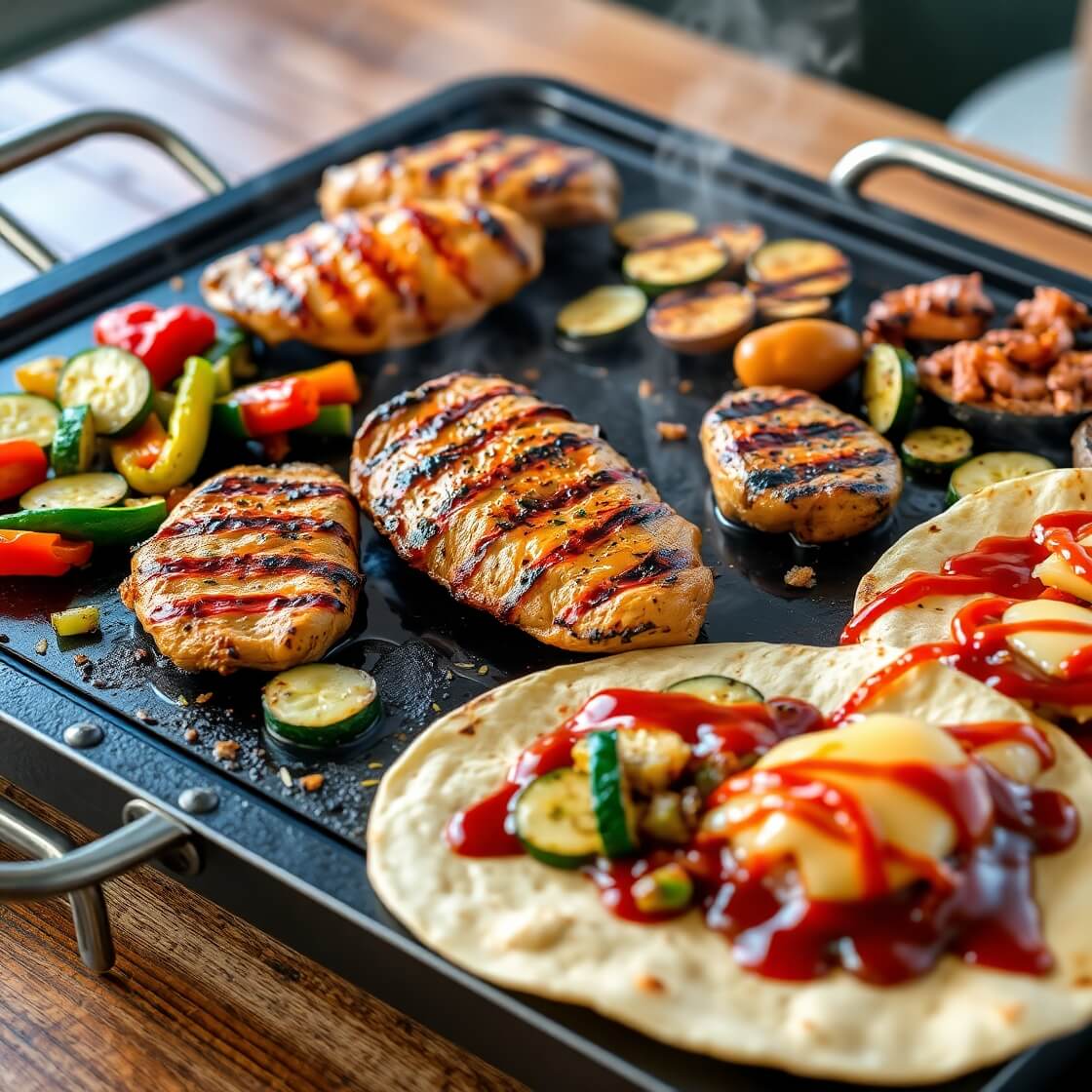
The first time I pulled out our flat-top griddle for dinner, I honestly thought it would be a quick way to make burgers without heating up the whole kitchen. What surprised me was how much it changed the rhythm of our meal. Instead of me disappearing into the kitchen, the cooking became part of the evening.
The kids wandered in and out, curious about the sizzling sounds. My husband stood nearby, sipping iced tea, tossing in his unsolicited “chef’s commentary.” And when the first wave of onions hit the griddle, the smell wrapped around us like a promise of something special. That night we ended up with not just burgers, but a spread of smashed potatoes, peppers, and even quesadillas—because once the griddle was hot, why stop?
Now, griddle dinners have become our go-to for casual evenings. They’re fast, fun, and flexible. More importantly, they invite everyone into the process, from choosing toppings to flipping food. A single flat-top becomes the heart of the table, and dinner feels more like an event than a chore.
The Secret Behind the Flavor
The magic of a griddle dinner isn’t just about speed—it’s about contact. Unlike a grill with bars and spaces, the flat surface ensures every ingredient kisses the heat evenly. Vegetables caramelize, proteins form that golden crust, and sauces reduce in tiny sizzling pools that coat the food instead of dripping away.
You get both crisp edges and tender insides, whether you’re searing chicken, frying eggs, or tossing together fajitas. And because there’s so much surface area, you can cook everything at once: a pile of onions in one corner, a few fillets of salmon in another, tortillas warming gently at the side.
What makes it shine is the layering of flavors. The charred peppers lend sweetness to the chicken, while stray garlic cloves perfume the whole batch. It’s messy, sure, but in the best way—every meal feels infused with just a little more character than it would in a frying pan.
Ingredients in Context
When I’m planning a griddle dinner, I start with two questions: What’s in the fridge? and Who’s coming to dinner? The beauty of this style is that almost anything works. But over time, I’ve found a few “essentials” that never fail.
- Proteins: Chicken thighs, shrimp, and thin-cut steaks are perfect. They cook quickly and don’t dry out. Ground beef works too, especially for smash burgers.
- Vegetables: Peppers, zucchini, mushrooms, and onions are staples. They caramelize beautifully and add color to the spread.
- Carbs: Flatbreads, tortillas, or parboiled baby potatoes. They soak up flavors and turn into hearty sides.
- Toppings & Extras: Cheese slices for quick melts, fresh herbs like cilantro or parsley, and a sauce (garlic aioli or chipotle mayo is a family favorite).
If you’re shopping, lean toward quick-cooking cuts and vegetables that benefit from high heat. Tough cuts that need braising won’t shine here. And don’t overthink seasoning—a simple mix of salt, pepper, garlic powder, and a squeeze of lemon often beats complicated marinades.
For substitutions: tofu crisps nicely if pressed, tempeh absorbs marinades like a champ, and portobello mushrooms can stand in for meat. Gluten-free eaters can use corn tortillas or rice instead of bread.
Step-by-Step Flow
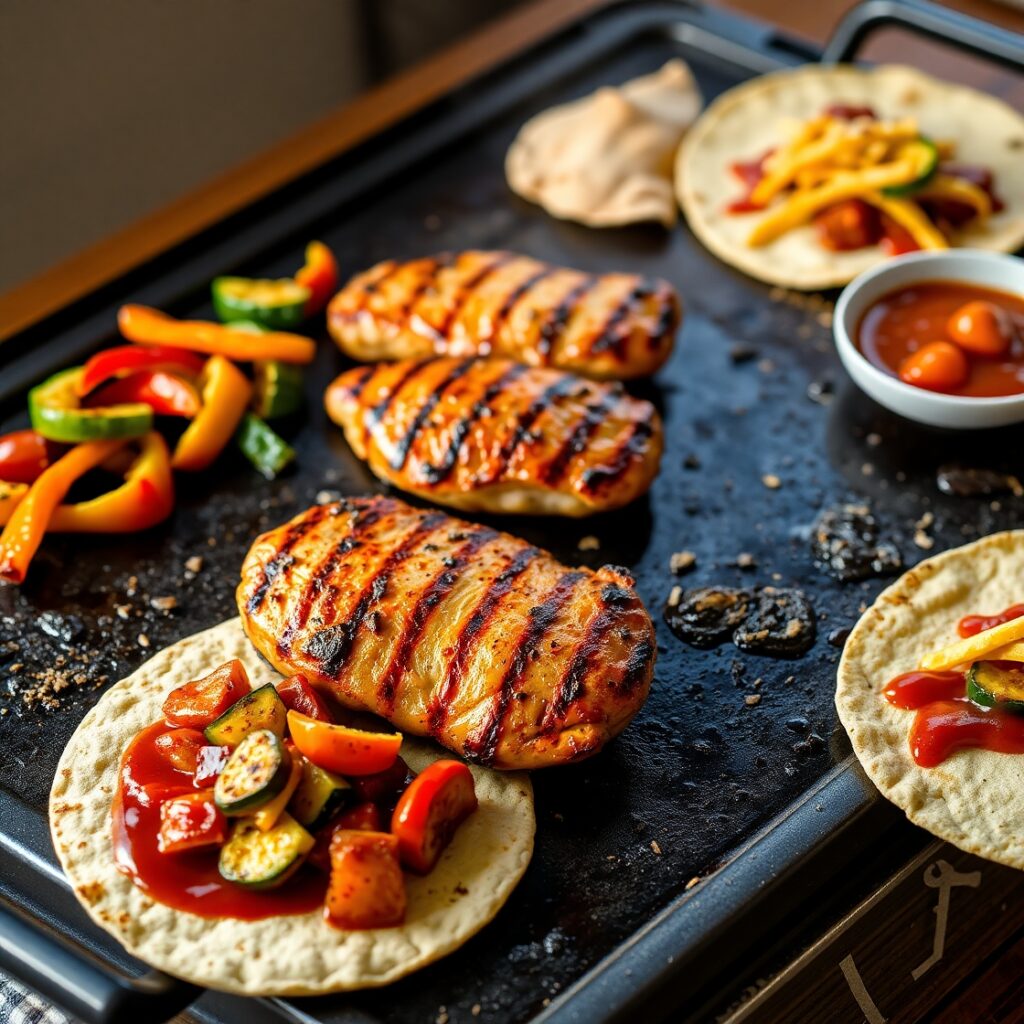
I’ve learned that griddle cooking is less about strict recipes and more about rhythm. Here’s how I usually set up an evening spread:
- Preheat: Give the griddle 8–10 minutes to heat evenly. Medium-high is usually the sweet spot. You’ll know it’s ready when a drop of water dances across the surface.
- Oil Wisely: Use a thin coat of high smoke-point oil (avocado or canola). A little goes a long way, and it prevents sticking without greasiness.
- Start with Veggies: Onions, peppers, or mushrooms go first. They take time to soften and will flavor the surface for everything else.
- Add Proteins: Push the veggies to one side and drop the meat. Listen for that sizzle—it should sound lively but not furious. Flip only when a crust has formed.
- Toss in Carbs: Warm tortillas, crisp up parboiled potatoes, or toast bread at the edges. They’re quick and absorb all the flavors floating around.
- Finish & Serve: Slide everything onto platters family-style, add toppings, and let people build their plates.
One mistake I made early on was crowding the griddle. Everything steamed instead of crisping. Now I leave little gaps between items—those open spaces keep the heat circulating.
Substitutions and Adaptations
One of my favorite parts of griddle dinners is how adaptable they are. If you’re feeding kids, quesadillas or grilled cheese sandwiches can share the surface with more adventurous dishes. For a vegan spread, load up with marinated tofu, portobello burgers, and charred corn on the cob. Gluten-free? Swap in corn tortillas or roasted sweet potato rounds as a base.
If you’re cooking for a crowd, it’s smart to set a theme. For example:
- Tex-Mex Night: Fajita chicken, peppers, onions, warm tortillas, guacamole.
- Asian-Inspired: Shrimp, sliced steak, green beans with soy glaze, rice cakes.
- Breakfast-for-Dinner: Pancakes, bacon, hash browns, fried eggs.
Having a “lane” for each guest—meat in one section, veggies in another—also keeps everyone happy. It’s the kind of meal where nobody notices they’re eating gluten-free or vegetarian because everything tastes so good.
Pairings That Bring It Together
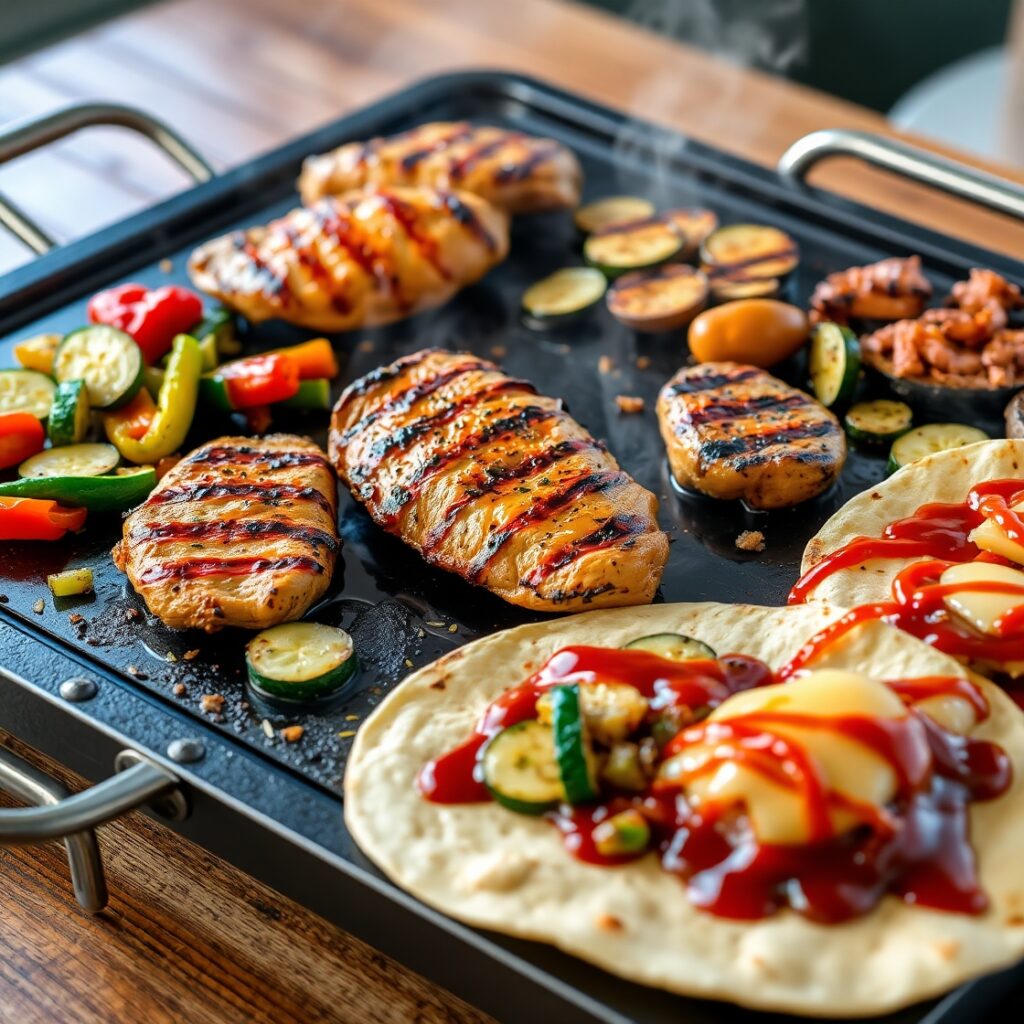
A griddle dinner doesn’t really need sides in the traditional sense, but I like adding one or two fresh elements to balance the richness. A crisp green salad with lemon vinaigrette cuts through the charred flavors beautifully. Coleslaw is another favorite—it adds crunch and creaminess without being heavy.
For drinks, I often go simple: iced tea, lemonade, or a pitcher of sangria if friends are over. A squeeze of lime over the finished food ties everything together, almost like a final brushstroke on a painting.
Sometimes, if we’re really leaning in, I’ll warm naan or pita on the griddle edges and serve everything family-style with dips—tzatziki, salsa, or even hummus. It turns dinner into a build-your-own feast, which is half the fun.
Pro Notes from My Griddle
I’ve had my share of “griddle lessons,” most of them involving smoke alarms and impatient kids asking, “Is it ready yet?”
One thing I learned early: heat zones are your best friend. Even if your griddle looks like one big surface, parts of it will run hotter. Instead of fighting it, I use it to my advantage—sear steaks on the hot zone while letting veggies hang out in the cooler section.
Another pro note: don’t skimp on scraping between batches. That golden crusty layer is tempting to leave, but it can turn bitter if burned. A quick scrape with a spatula keeps each round tasting fresh.
The last mistake I made (and now warn everyone against) was over-oiling. A shiny surface looks nice, but too much oil means soggy potatoes and spattering mess. A thin film is plenty.
Mistakes to Avoid
- Crowding the surface: Steam builds up and ruins that crisp edge.
- Skipping preheat: A cold griddle leaves you with pale, limp food instead of golden sears.
- Relying on just one seasoning: Salt and pepper are classics, but don’t be afraid to finish with citrus, fresh herbs, or a quick drizzle of sauce.
- Forgetting resting time: Just like steak from the oven, griddle meats benefit from a few minutes of rest before slicing.
Storage and Make-Ahead Tips
One of the best things about griddle dinners is how well leftovers carry into the next day. I usually make extra vegetables because they taste incredible reheated in omelets, wraps, or rice bowls.
- Refrigerator: Store cooked proteins and veggies separately in airtight containers. They’ll keep for 3–4 days.
- Freezer: Grilled chicken, shrimp, and roasted potatoes freeze well. Wrap tightly, then reheat on a skillet or griddle to bring back the crispness.
- Make Ahead: Marinate proteins the night before. Slice vegetables in the morning and keep them chilled. When dinner comes around, it’s a simple matter of heat, sizzle, serve.
FAQs
Can I use a stovetop griddle pan instead of a flat-top?
Yes—cast iron griddle pans work beautifully for smaller batches. Just watch your heat and keep the food in a single layer.
Do I need fancy tools?
Not at all. A sturdy spatula, a pair of tongs, and a scraper are all you need. If you want to get fancy, squirt bottles for oil and water are handy.
What oil is best?
Stick with high smoke-point oils like avocado, grapeseed, or canola. Olive oil tends to burn too quickly at high griddle temps.
Can I cook frozen ingredients on a griddle?
You can, but thawing first ensures even cooking. Frozen items often release too much water and can steam instead of sear.
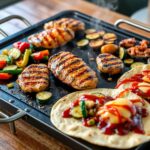
Griddle Dinner Ideas
- Total Time: 35 minutes
- Yield: 4 1x
- Diet: Gluten Free
Description
This griddle dinner recipe is your ultimate solution for fast, flexible, and flavorful meals cooked all on one surface. Whether you’re cooking on an indoor electric griddle, stovetop griddle pan, or outdoor flat top, this method lets you cook proteins, vegetables, and carbs at once with minimal mess and maximum flavor. Customize it to suit your taste with your choice of ingredients, seasoning blends, and side dishes. The caramelized edges and juicy center from griddle cooking make this a go-to for any night of the week.
Ingredients
- 1 lb chicken breast or thighs (or tofu/steak/shrimp)
- 2 bell peppers, sliced
- 1 onion, sliced
- 1 zucchini, sliced
- 2 tbsp olive oil
- 1 tsp garlic powder
- 1 tsp smoked paprika
- Salt and pepper to taste
- 1 cup shredded cheese (optional)
- 4 small tortillas or flatbreads
- Optional sauces: BBQ, teriyaki, sriracha mayo
Instructions
- Preheat your griddle to 375–400°F. Let it heat fully for even cooking.
- Pat the protein dry and season with garlic powder, paprika, salt, and pepper.
- Add a light drizzle of oil to the griddle. Cook protein until golden and cooked through. Remove and rest.
- Add sliced vegetables. Toss frequently and cook until tender and slightly charred.
- Warm tortillas or flatbreads on the side of the griddle until slightly crisp.
- Reassemble all ingredients back on the griddle. Add cheese and sauces. Let everything heat through.
- Serve warm with your favorite sides.
Notes
- Use zones on your griddle—one hot, one warm—for better control.
- Add a splash of soy sauce or lime juice to veggies for extra zing.
- Marinate proteins for 30 minutes for deeper flavor.
- Prep Time: 15 minutes
- Cook Time: 20 minutes
- Category: Dinner
- Method: Griddle
- Cuisine: American
Nutrition
- Serving Size: 4
- Calories: 420
- Sugar: 6g
- Sodium: 570mg
- Fat: 22g
- Saturated Fat: 6g
- Unsaturated Fat: 14g
- Trans Fat: 0g
- Carbohydrates: 28g
- Fiber: 4g
- Protein: 31g
- Cholesterol: 85mg

